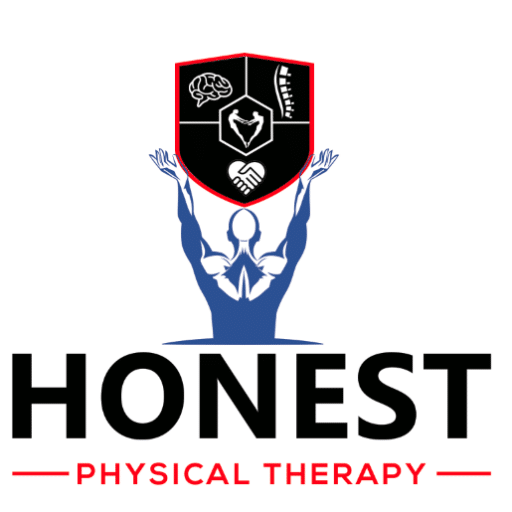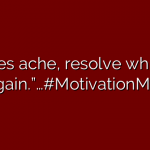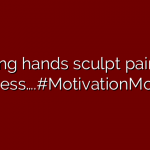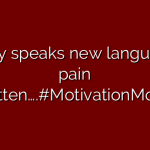How Physical Therapy Can Help with Vestibular Migraine
Vestibular migraine is a type of migraine that is characterized by dizziness, vertigo, and balance issues. It can be a debilitating condition, significantly impacting an individual’s quality of life. While medication is often used to manage the symptoms of vestibular migraine, physical therapy has emerged as a valuable complementary treatment option. Through targeted exercises and interventions, physical therapy can help individuals manage their symptoms and improve their overall function.
Understanding Vestibular Migraine
Vestibular migraine is a neurological disorder that combines the symptoms of migraines with vestibular symptoms such as dizziness, vertigo, and imbalance. These symptoms can be triggered by various factors including stress, hormonal changes, certain foods, and environmental stimuli. The unpredictable nature of vestibular migraine attacks can make it challenging for individuals to perform daily activities and maintain a consistent quality of life.
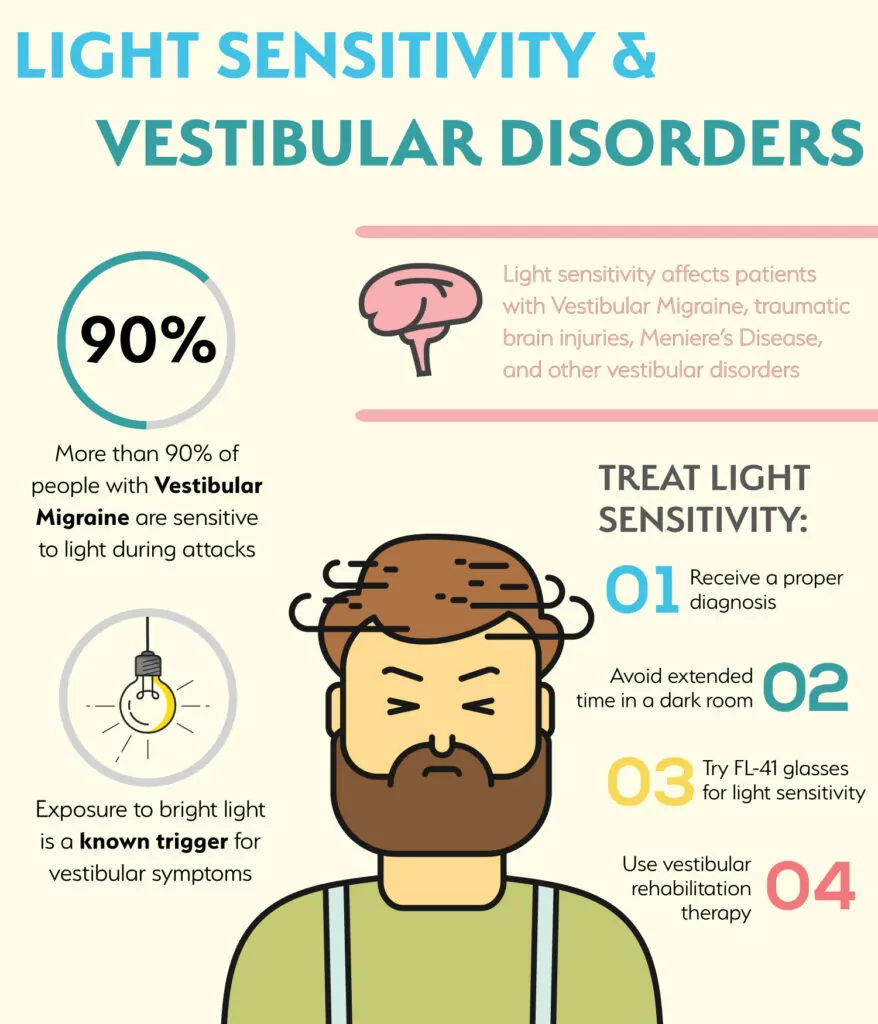
The Role of Physical Therapy
Physical therapy plays a crucial role in the management of vestibular migraine by addressing the underlying issues related to balance, coordination, and sensory integration. A skilled physical therapist can create a customized treatment plan tailored to the specific needs of the individual, focusing on improving vestibular function and reducing the frequency and severity of migraine episodes.
Vestibular Rehabilitation
One of the primary components of physical therapy for vestibular migraine is vestibular rehabilitation. This specialized form of therapy involves exercises and maneuvers designed to promote central nervous system compensation for inner ear deficits. By targeting the vestibular system, individuals can experience improvements in balance, reduced dizziness, and enhanced stability during daily activities.
Gaze Stabilization Exercises
Gaze stabilization exercises are another essential aspect of rehab for vestibular migraine. These exercises aim to improve visual stability during head movements, which can be particularly beneficial during migraine episodes that cause vertigo or visual disturbances. By enhancing the coordination between eye movements and head motion, individuals can better manage their symptoms and reduce discomfort.
Balance Training
Balance training is integral to physical therapy for vestibular migraine. Through a combination of static and dynamic balance exercises, individuals can enhance their proprioception and postural control, reducing the risk of falls and improving their confidence in performing daily activities. By strengthening the muscles involved in balance and coordination, greater stability and resilience against vestibular migraine symptoms can be achieved.
Conclusion
In conclusion, physical therapy offers a multifaceted approach to managing vestibular migraine, addressing the complex interplay between neurological and vestibular symptoms. By incorporating vestibular rehabilitation, gaze stabilization exercises, and balance training, physical therapists can empower individuals to better cope with the challenges posed by vestibular migraine. As part of a comprehensive treatment plan, physical therapy can significantly improve the quality of life for individuals living with vestibular migraine, providing them with the tools to effectively manage their symptoms and regain control over their daily activities.
